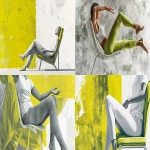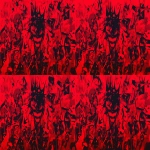Explore the Best AI Image Gallery
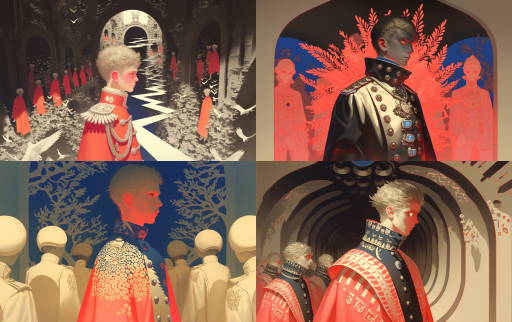
Masterpieces in a Millisecond: Unraveling The Inroads of AI in Image Design
As the world propels towards hyper-digitization, artificial intelligence (AI) has turned from a mere concept into reality, affecting a broad spectrum of industries. The creative realm is not untouched by this trend, with AI significantly transforming the design domain, especially in the context of image creation.
The Revolution of Design
AI, blurring the line between science and art, has revolutionized the design industry. Graphic designers and visual artists are now adeptly employing AI tools to rapidly create vibrant, detailed, and unique image compositions. The age-old manual process that once required days, if not months, is steadily being replaced by algorithms capable of conjuring digital masterpieces in milliseconds.
Potential Uses of AI in Design
From autonomous photo editing to intelligent style transfer, AI has shown immense potential in reshaping the design landscape. AI can repurpose artwork, create original designs, morph images, and even generate creative suggestions, thus serving as a valuable assistant to the modern designer.
Ethical Considerations
Along with the substantial benefits, AI's entry into the design arena has raised notable ethical questions. Chief among these concerns are issues related to authenticity and intellectual property rights. Can an art piece generated by an algorithm indeed be called 'original'? Who holds the right to an image created by AI? These disputes have ignited a necessary dialogue on developing fair and effective legislation around AI-generated creatives.
A Glimpse into the Future
AI's influence on the design industry is undeniable, and it is here to stay. Industry experts predict that the integration of AI in design will continue to evolve, making way for a future where AI tools don't just assist human designers but work in partnership with them, co-creating a harmonious blend of technology and creativity.
To sum up, the fusion of AI and image design has ushered in a dynamic revolution in the creative industry, opening new horizons of possibilities. As we move forward and adapt to this transforming landscape, the key will be to seamlessly meld human creativity and AI capabilities, all while addressing ethical considerations.
](https://images.ai-img.art/thumbnails/150/e407417f3921a9491278afc6484ec26f3ae374d4543e1a56898e8bcb1e41a0da.webp)


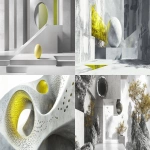
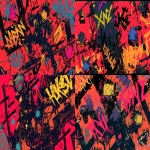








](https://images.ai-img.art/thumbnails/150/4dfe5499f7f4f9e5aa1613199c58710634f2cba5f57ac7e6717c1d56a9864e1a.webp)
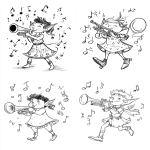

](https://images.ai-img.art/thumbnails/150/56d08b81b5991eca46f50c80b41db4e9ac06c775cbbf5138ea0734d93390316a.webp)


](https://images.ai-img.art/thumbnails/150/ed631f35091268316da1950d8f24949cf71c41220d75ddecc89232e1c28f3653.webp)
](https://images.ai-img.art/thumbnails/150/baf01e7f997f5bc030aa10831575d8b879a4a6755830df4bcd3dcc93346ef1dd.webp)













](https://images.ai-img.art/thumbnails/150/fd852e87169bf2f63982b31f7f16a8fa335d75d9536fd48c2b87c7d4b035fa7c.webp)
